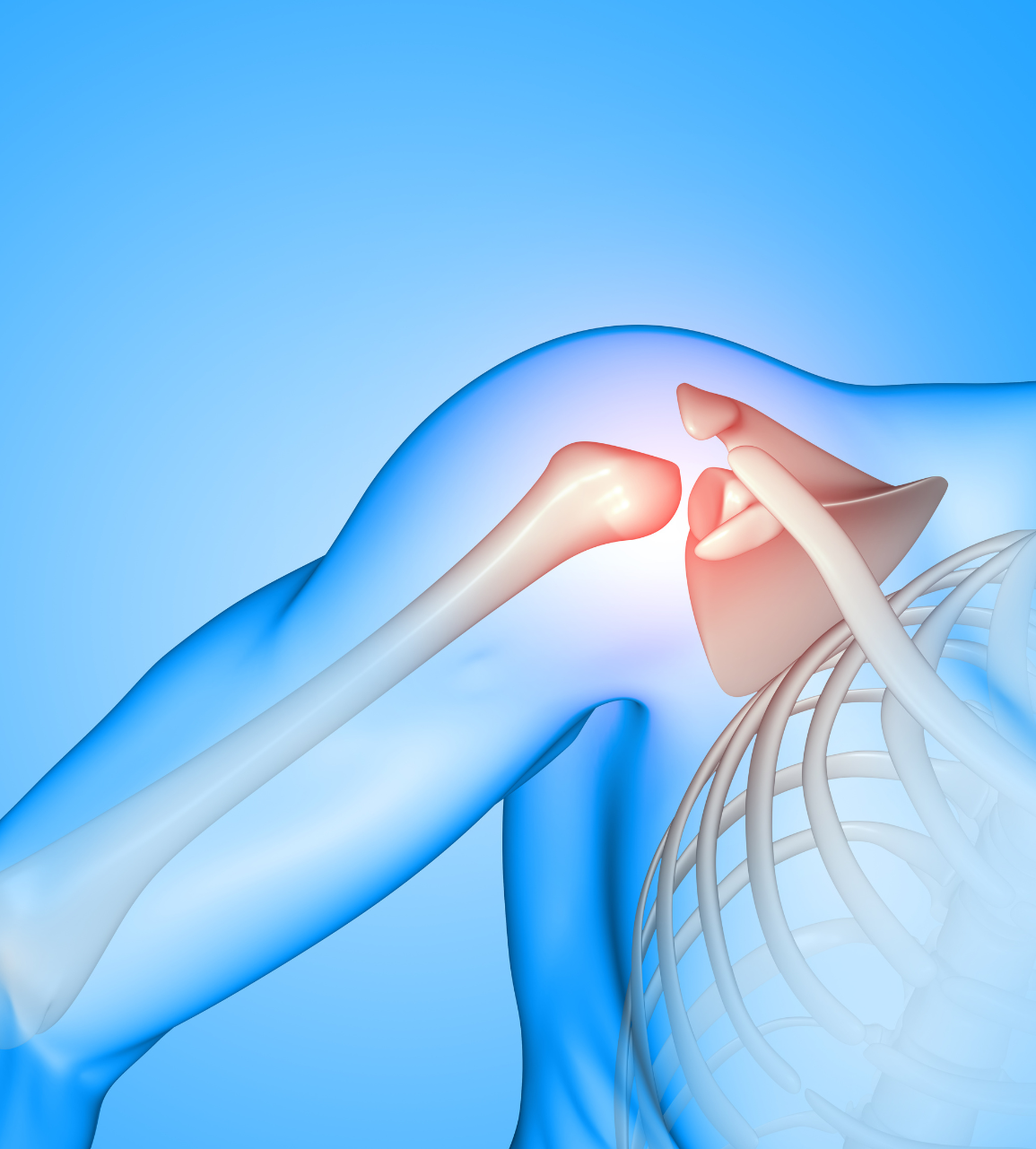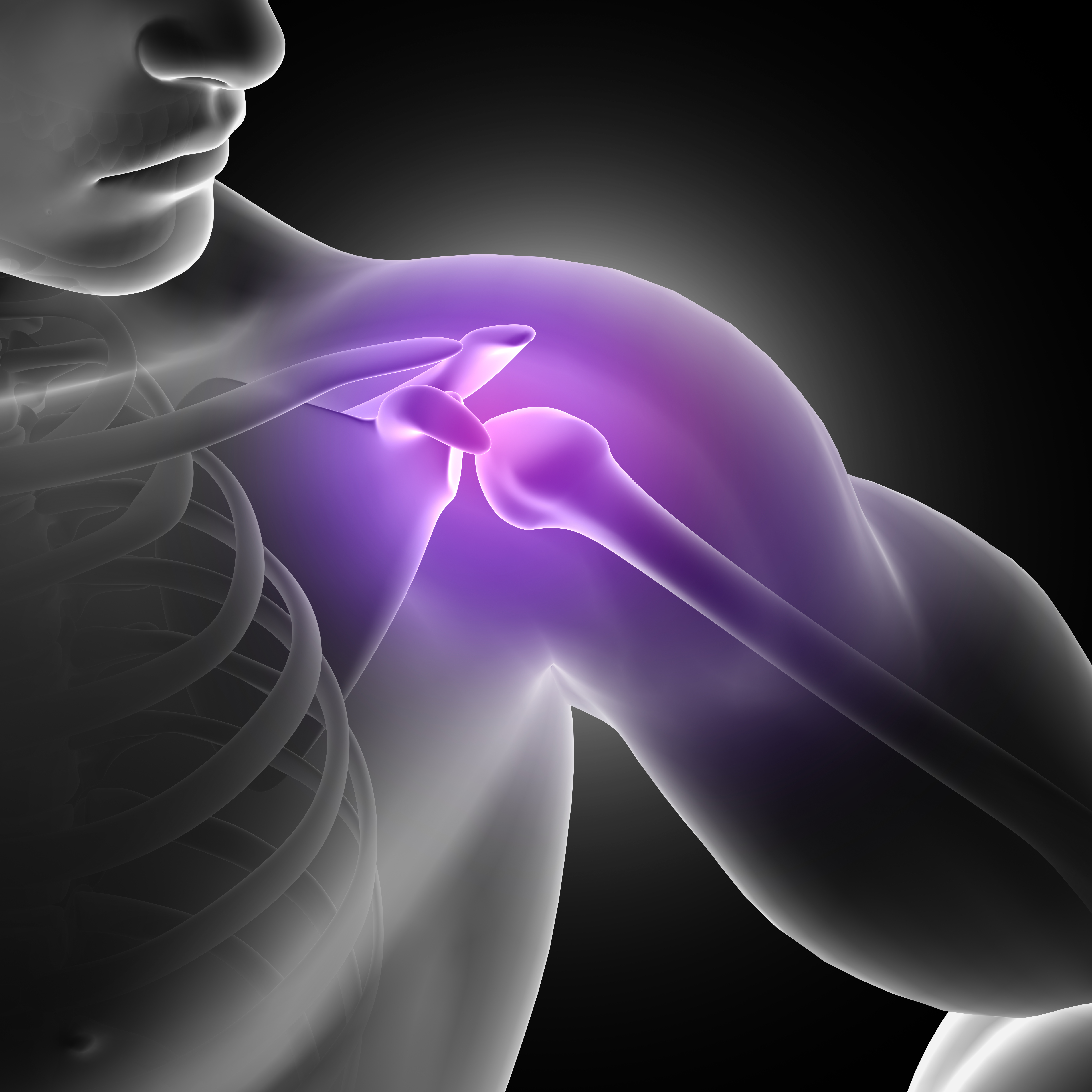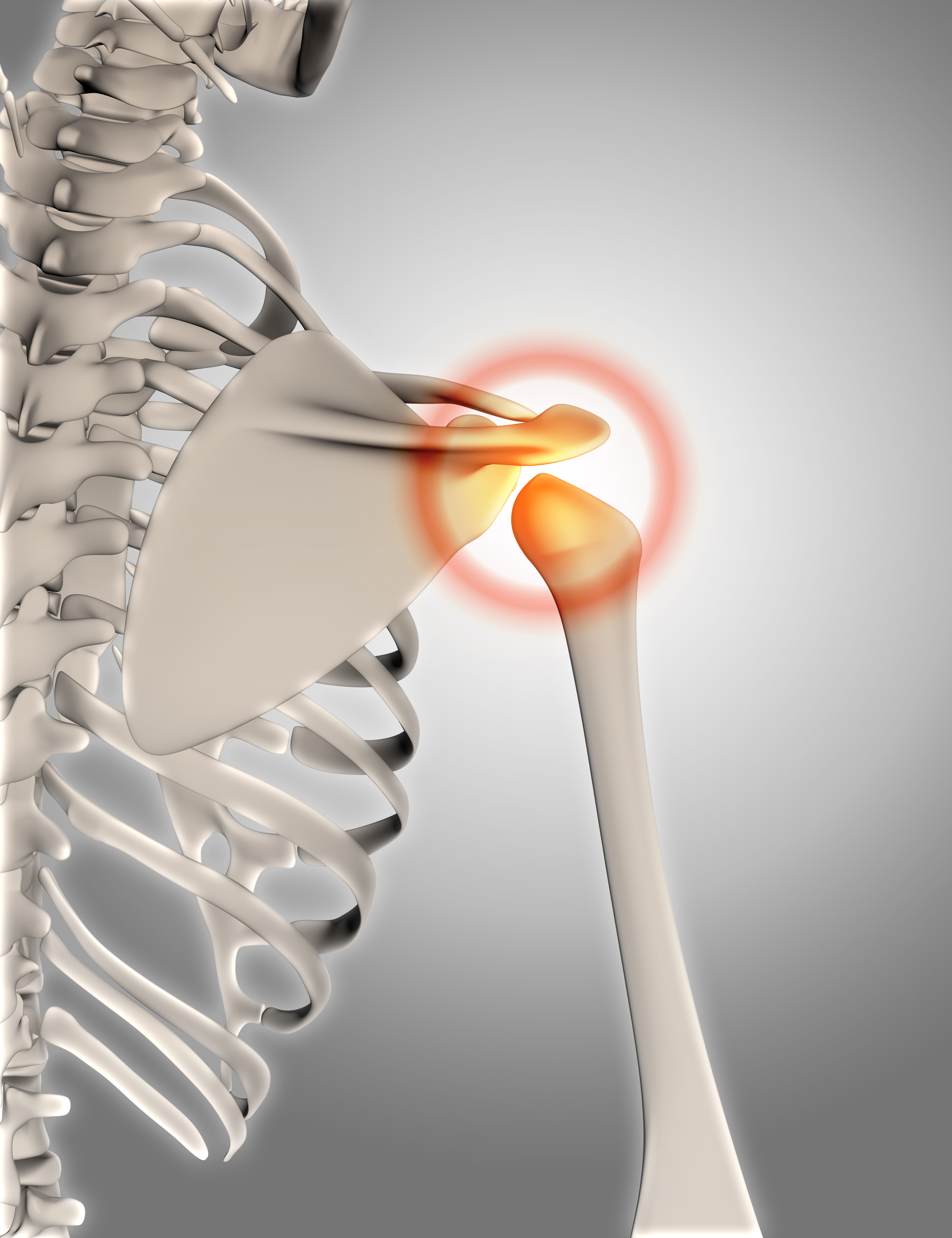

At Onus Hospitals, our shoulder surgeons specialize in the diagnosis and treatment of shoulder injuries and conditions. We use the latest surgical techniques to provide the most effective and efficient treatments available. Our experienced team of orthopedic surgeons and physical therapists can help you regain your mobility and strength. Whether you are suffering from a rotator cuff tear, shoulder instability, shoulder arthritis, or any other shoulder condition, we offer comprehensive care and effective solutions. Our state-of-the-art technology allows us to provide accurate diagnosis and precise treatment plans. We also offer rehabilitation services to help you recover quickly and safely. At Onus Hospitals, you can trust our experienced team to provide the best possible outcomes for your shoulder surgery.
SLAP repair; SLAP lesion; Acromioplasty; Bankart repair; Bankart lesion; Shoulder repair; Shoulder surgery; Rotator cuff repair
Shoulder arthroscopy is surgery that uses a tiny camera called an arthroscope to examine or repair the tissues inside or around your shoulder joint. The arthroscope is inserted through a small cut (incision) in your skin.
The rotator cuff is a group of muscles and their tendons that form a cuff over the shoulder joint. These muscles and tendons hold the arm in the shoulder joint. This also helps the shoulder move in different directions. The tendons in the rotator cuff can tear when they are overused or injured.
You will likely receive gerneral anesthesia for this surgery. This means you will be asleep and unable to feel pain. Or, you may have regional anesthesia. Your arm and shoulder area will be numbed and as a result, you do not feel any pain. If you receive regional anesthesia, you will also be given medicine to make you very sleepy during the operation.
Inserts the arthroscope into your shoulder through a small incision. The scope is connected to a video monitor in the operating room.Inspects all the tissues of your shoulder joint and the area above the joint. These tissues include the cartilage, bones, tendons, and ligaments.Repairs any damaged tissues. To do this, your surgeon makes 1 to 3 more small incisions and inserts other instruments through them. A tear in a muscle, tendon, or cartilage is fixed. Any damaged tissue is removed.The edges of the tendon are brought together. The tendon is attached to the bone with sutures.Small rivets (called suture anchors) are often used to help attach the tendon to the bone.The anchors can be made of metal, plastic, or suture material alone.
They do not need to be removed after surgery.Damaged or inflamed tissue is cleaned out in the area above the shoulder joint.A ligament called the coracoacromial ligament may be cut.The underside of a bone called the acromion may be shaved. A bony growth (spur) on the underside of the acromion often causes impingement syndrome. The spur can cause inflammation and pain in your shoulder.If you have a torn labrum, the surgeon will repair it.
The labrum is the cartilage that lines the rim of the shoulder joint.Ligaments that attach to this area will also be repaired.The Bankart lesion is a tear on the labrum in the lower part of the shoulder joint.A SLAP lesion involves the labrum and the ligament on the top part of the shoulder joint.
A torn or damaged cartilage ring (labrum) or ligamentsShoulder instability, in which the shoulder joint is loose and slides around too much or becomes dislocated (slips out of the ball and socket joint)A torn or damaged biceps tendonA torn rotator cuffA bone spur or inflammation around the rotator cuffInflammation or damaged lining of the joint, often caused by an illness, such as rheumatoid arthritisArthritis of the end of the clavicle (collarbone)Loose tissue that needs to be removedShoulder impingement syndrome, to make more room for the shoulder to move aroundAllergic reactions to medicinesBreathing problemsBleeding, blood clots, infectionShoulder stiffnessFailure of the surgery to relieve symptomsThe repair fails to healWeakness of the shoulderBlood vessel or nerve injuryDamage to the cartilage of shoulder (chondrolysis)You may be asked to temporarily stop taking blood thinners.
These include aspirin, ibuprofen (Advil, Motrin), naproxen (Naprosyn, Aleve), and other medicines.Ask your provider which medicines you should still take on the day of your surgery.If you have diabetes, heart disease, or other medical conditions, your surgeon may ask you to see your provider who treats you for these conditions.Tell your provider if you have been drinking a lot of alcohol, more than 1 or 2 drinks a day.If you smoke, try to stop. Ask your provider for help. Smoking can slow wound and bone healing..Tell your provider about any cold, flu, fever, herpes breakout, or other illness you may have before your surgery.Follow instructions about when to stop eating and drinking.Take any medicines you're asked to take with a small sip of water.Follow instructions on when to arrive at the hospital. Be sure to arrive on time.
Recovery can take 1 to 6 months. You will probably have to wear a sling for the first week. If you had a lot of repair done, you may have to wear the sling longer.
You may take medicine to control your pain.
When you can return to work or play sports will depend on what your surgery involved. It can range from 1 week to several months.
Physical therapy may help you regain motion and strength in your shoulder. The length of therapy will depend on what was done during your surgery.
Arthroscopy often results in less pain and stiffness, fewer complications, a shorter (if any) hospital stay, and faster recovery than open surgery.
If you had a repair, your body needs time to heal, even after arthroscopic surgery, just as you would need time to recover from open surgery. Because of this, your recovery time may still be long.
Surgery to fix a cartilage tear is usually done to make the shoulder more stable. Many people recover fully, and their shoulder stays stable. But some people may still have shoulder instability after arthroscopic repair.
Using arthroscopy for rotator cuff repairs or tendinitis usually relieves the pain, but you may not regain all of your strength.

Our team of experienced orthopedic surgeons and specialists have extensive experience in performing various types of shoulder surgeries. Our state-of-the-art facilities and advanced technology make sure that the procedures are carried out with precision, safety, and comfort. We offer a comprehensive range of shoulder surgery procedures, from rotator cuff repair, shoulder replacement, shoulder joint reconstruction, and shoulder arthroscopy, to shoulder trauma and shoulder fracture treatment. Our team of experienced medical staff is dedicated to providing personalized care and guidance to our patients throughout their shoulder surgery journey.
